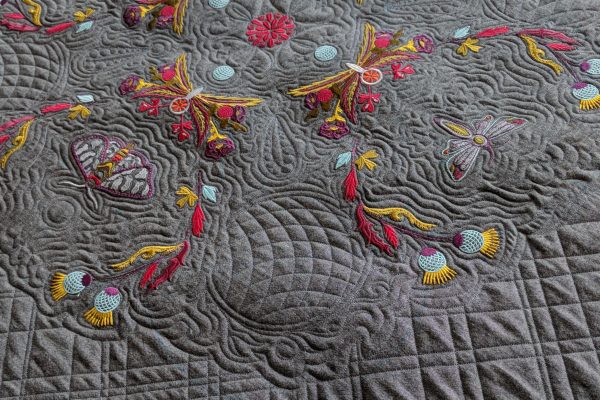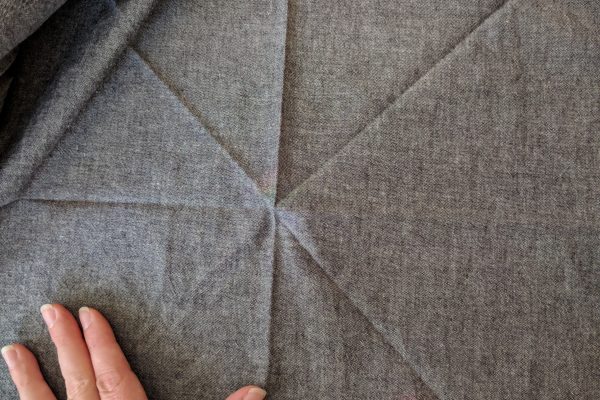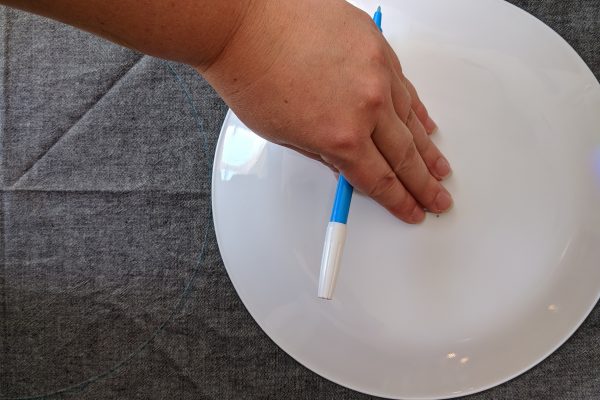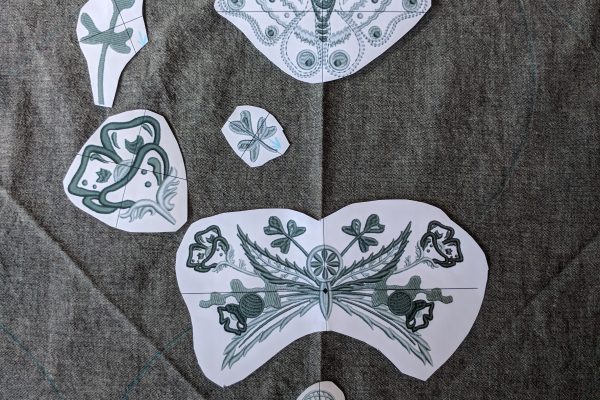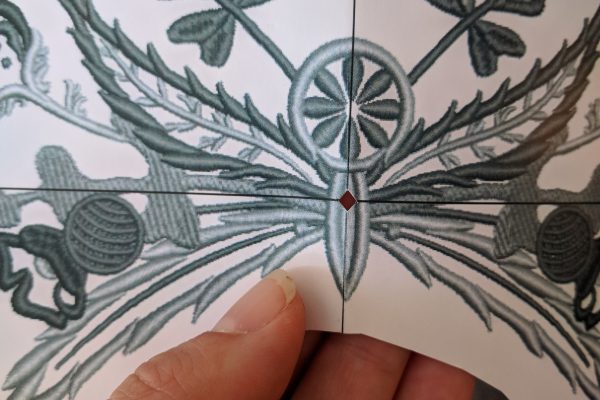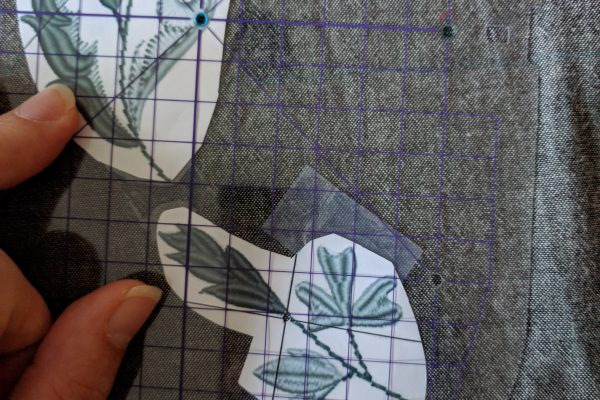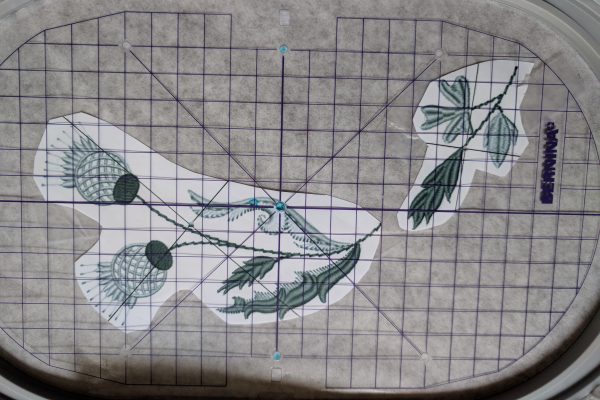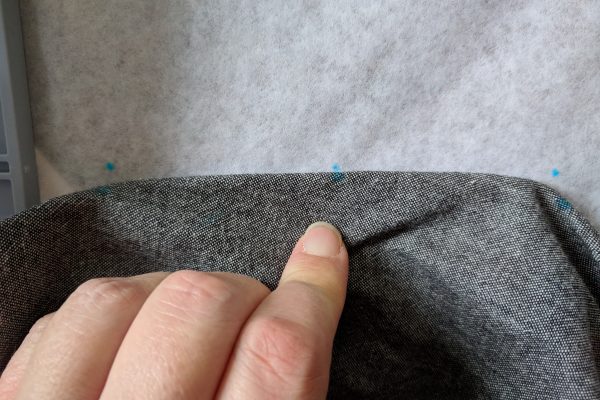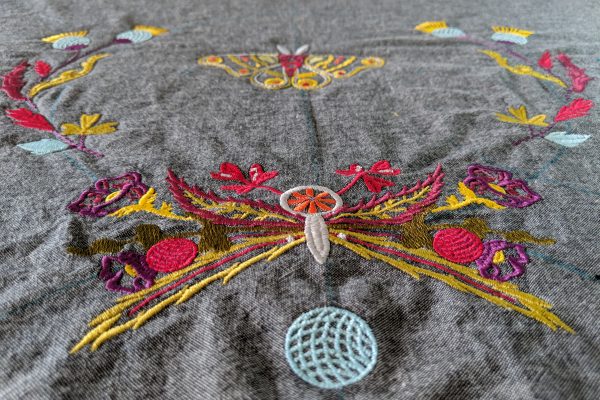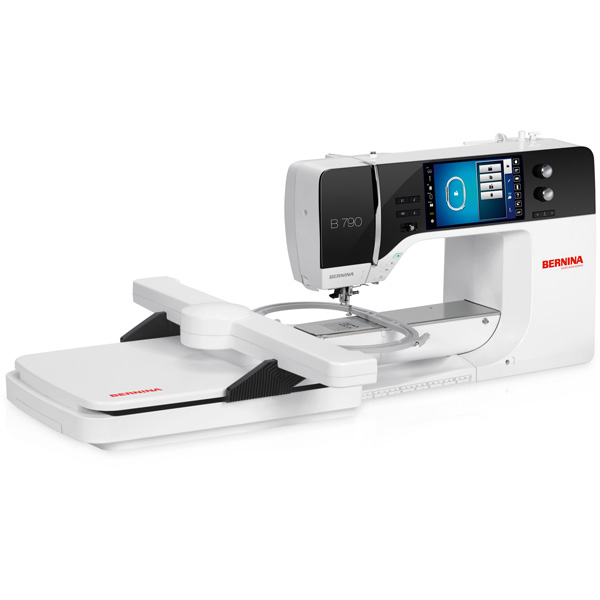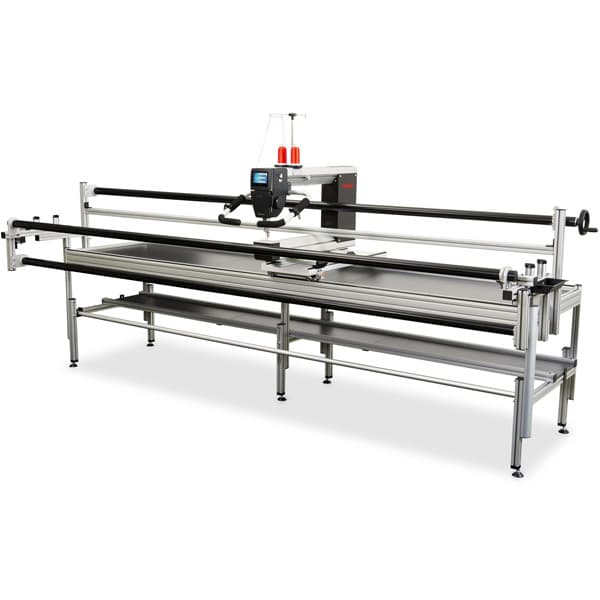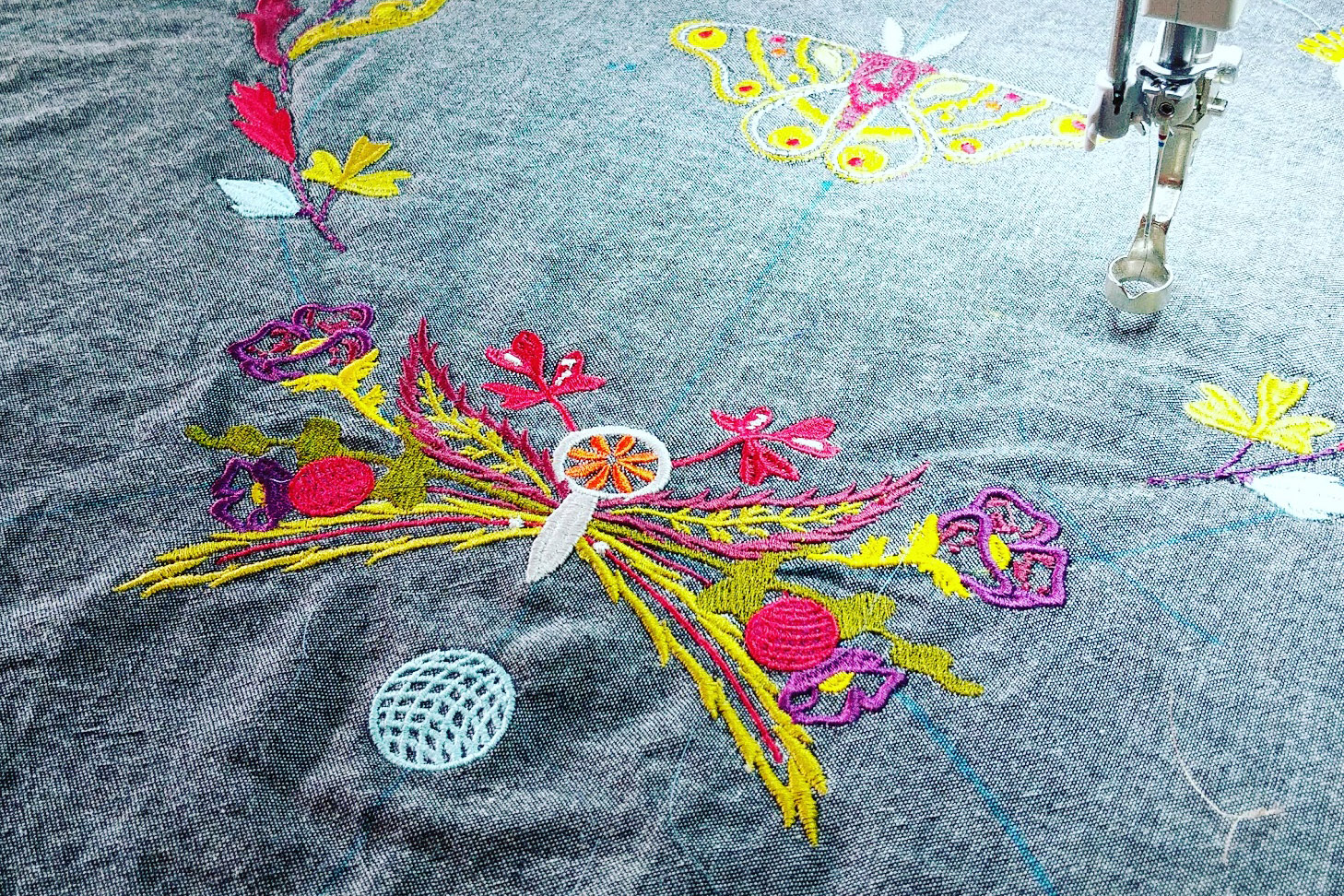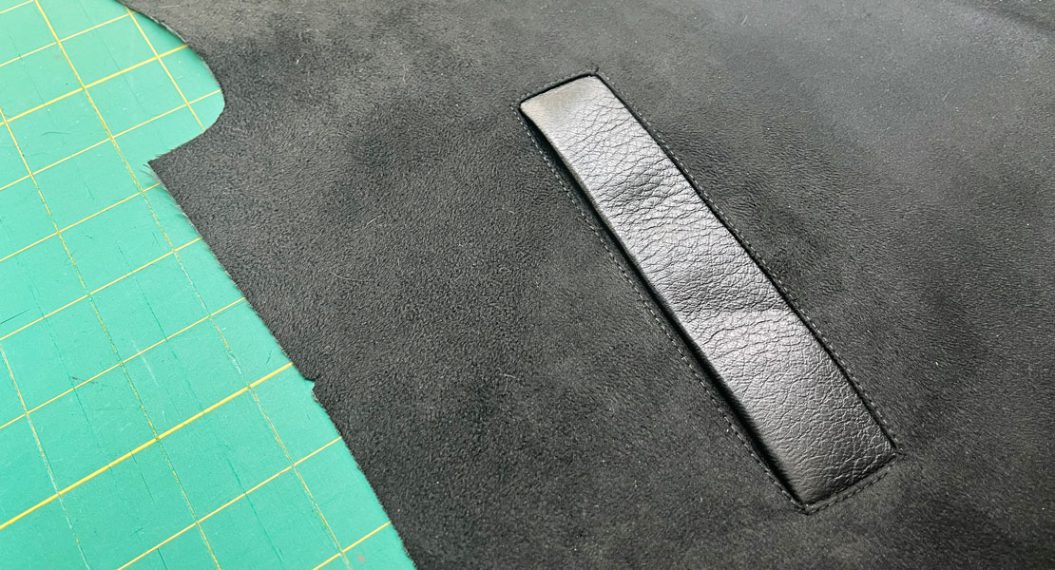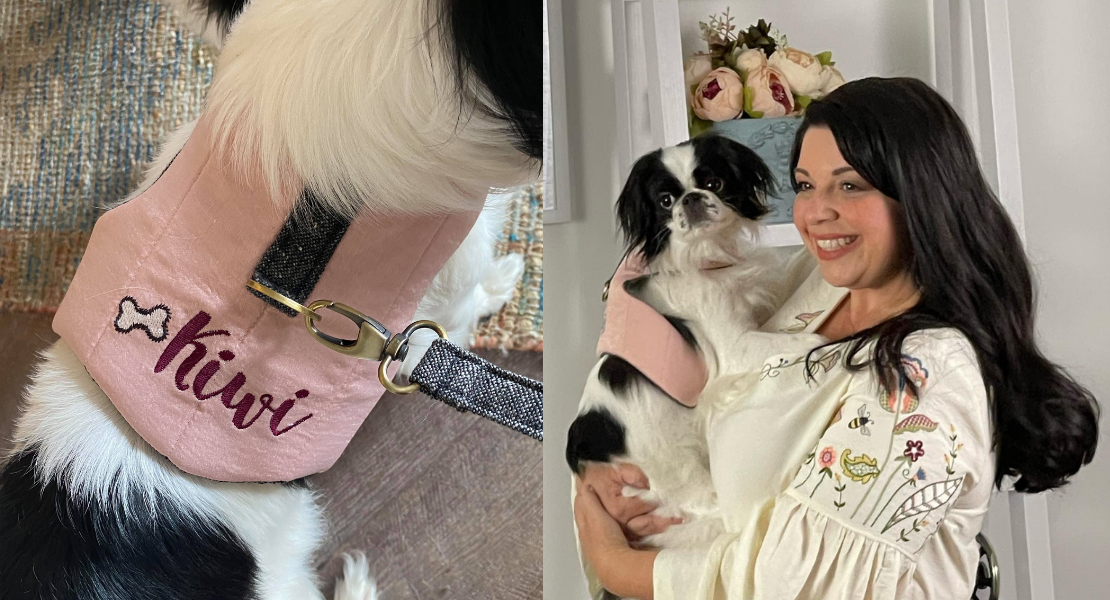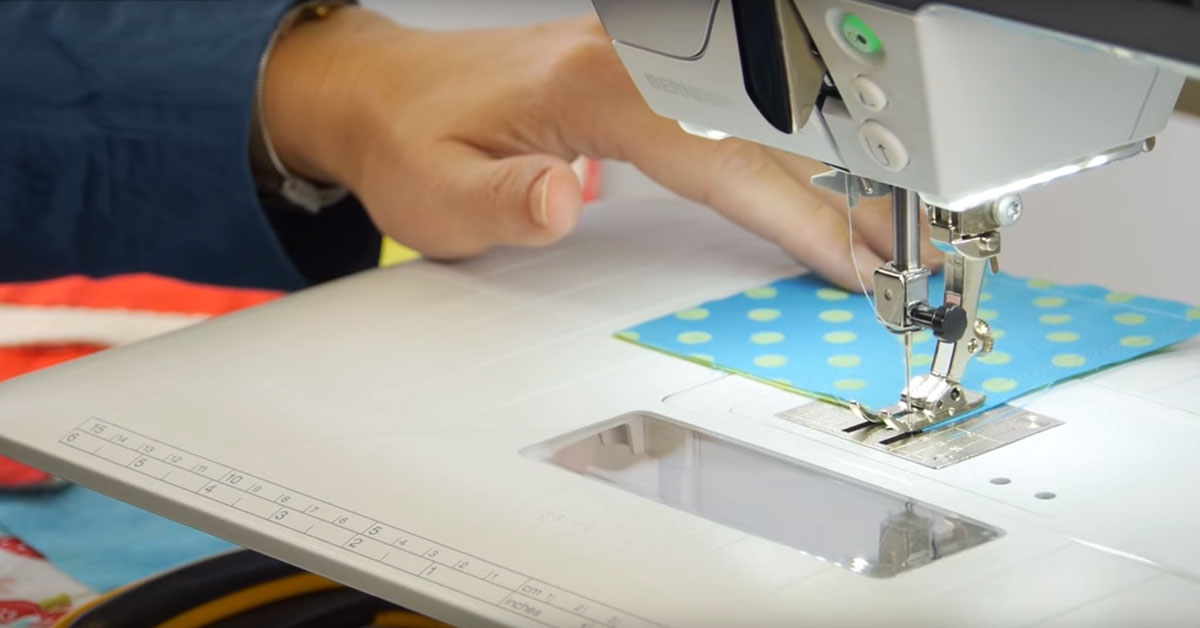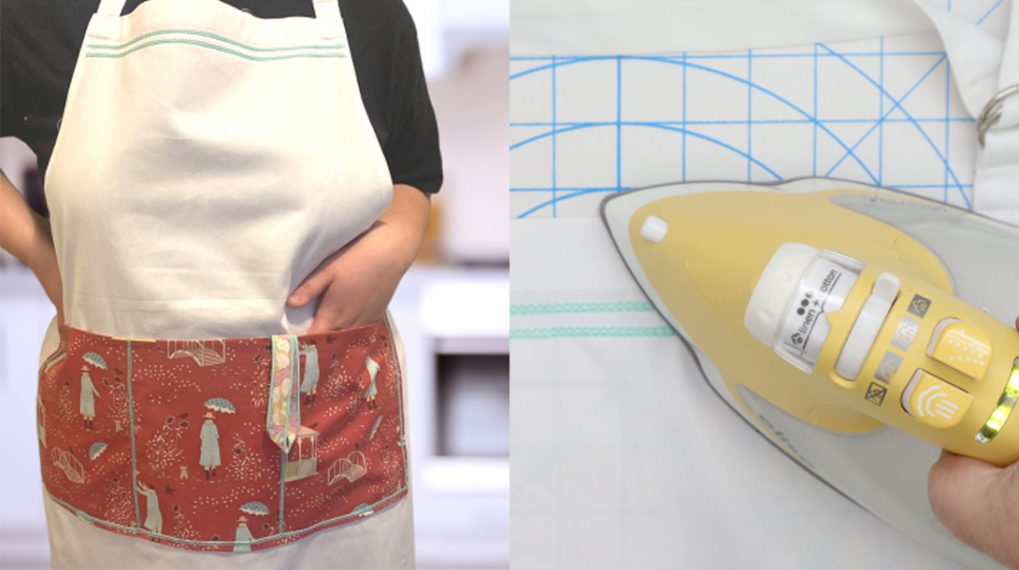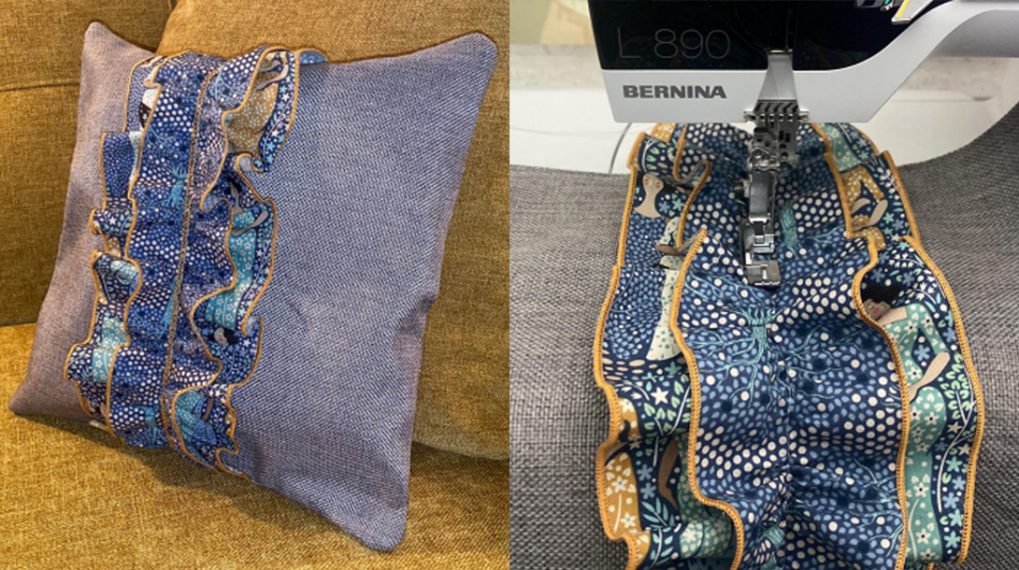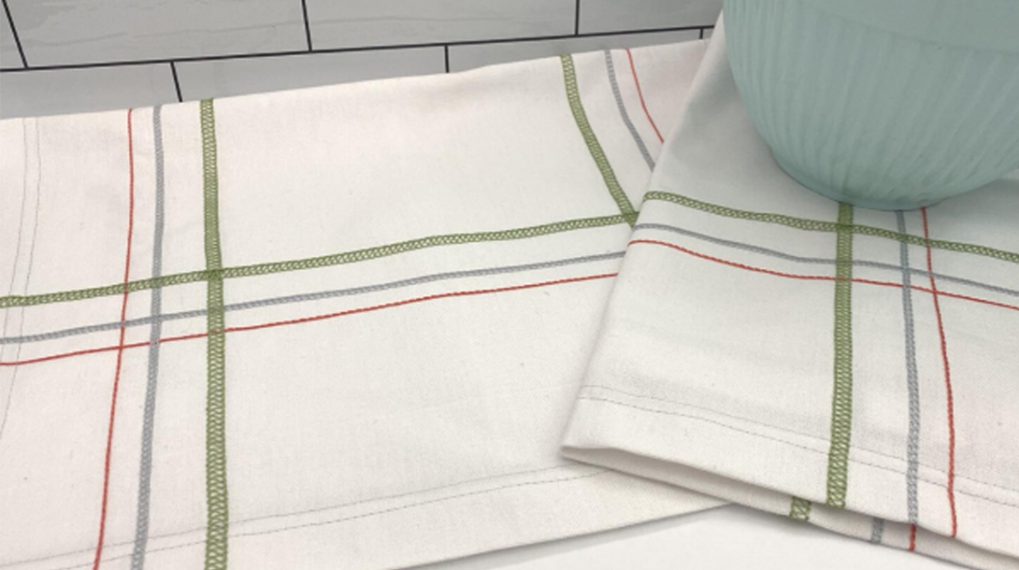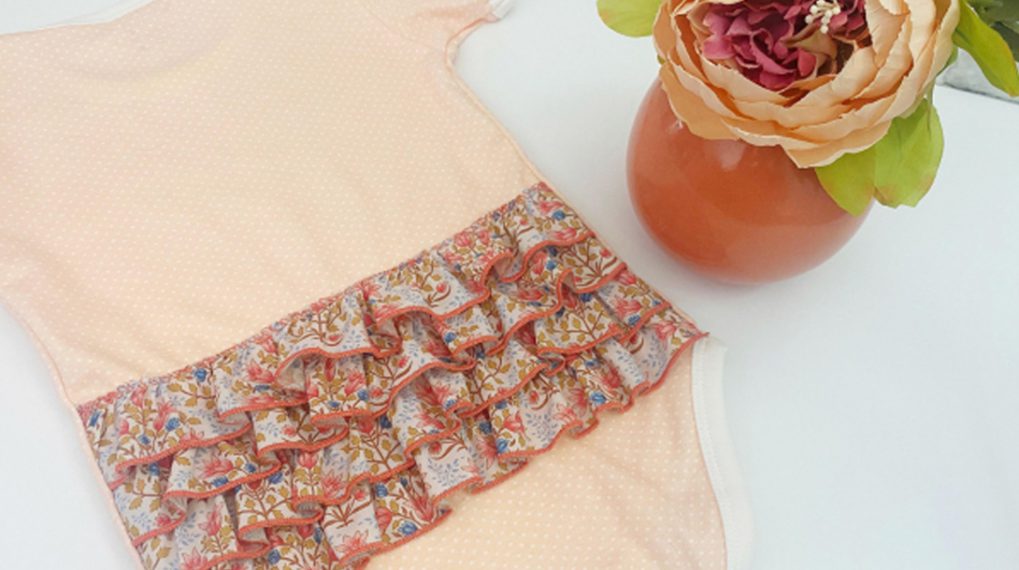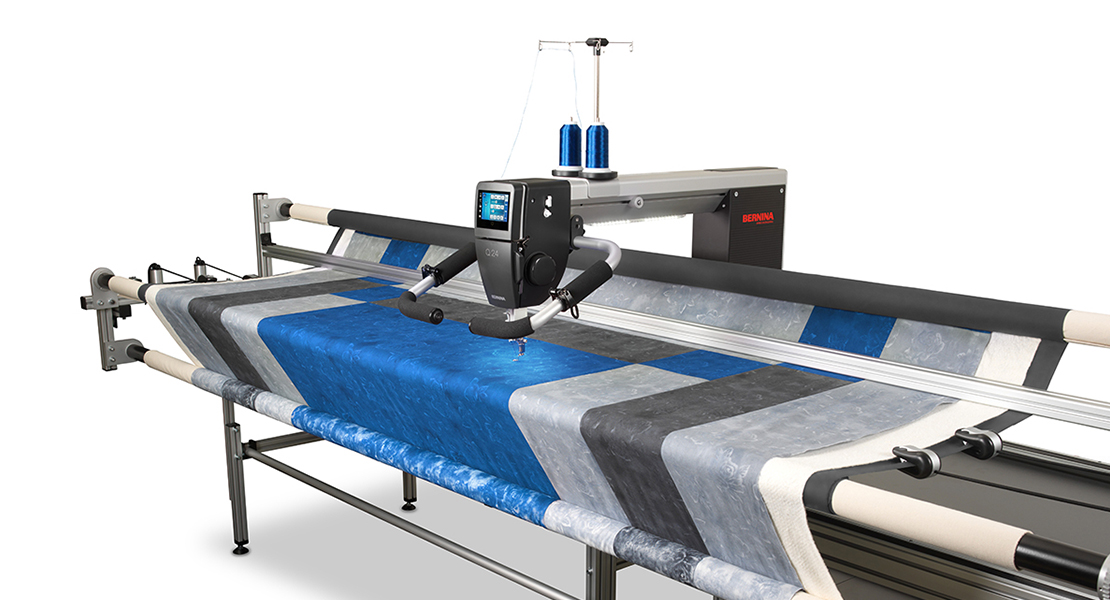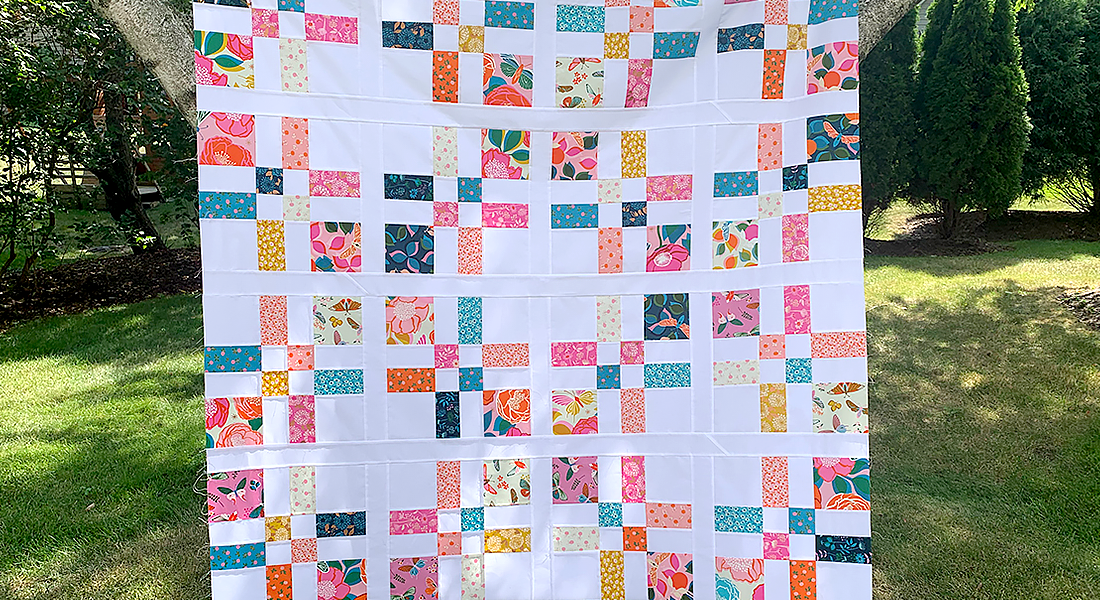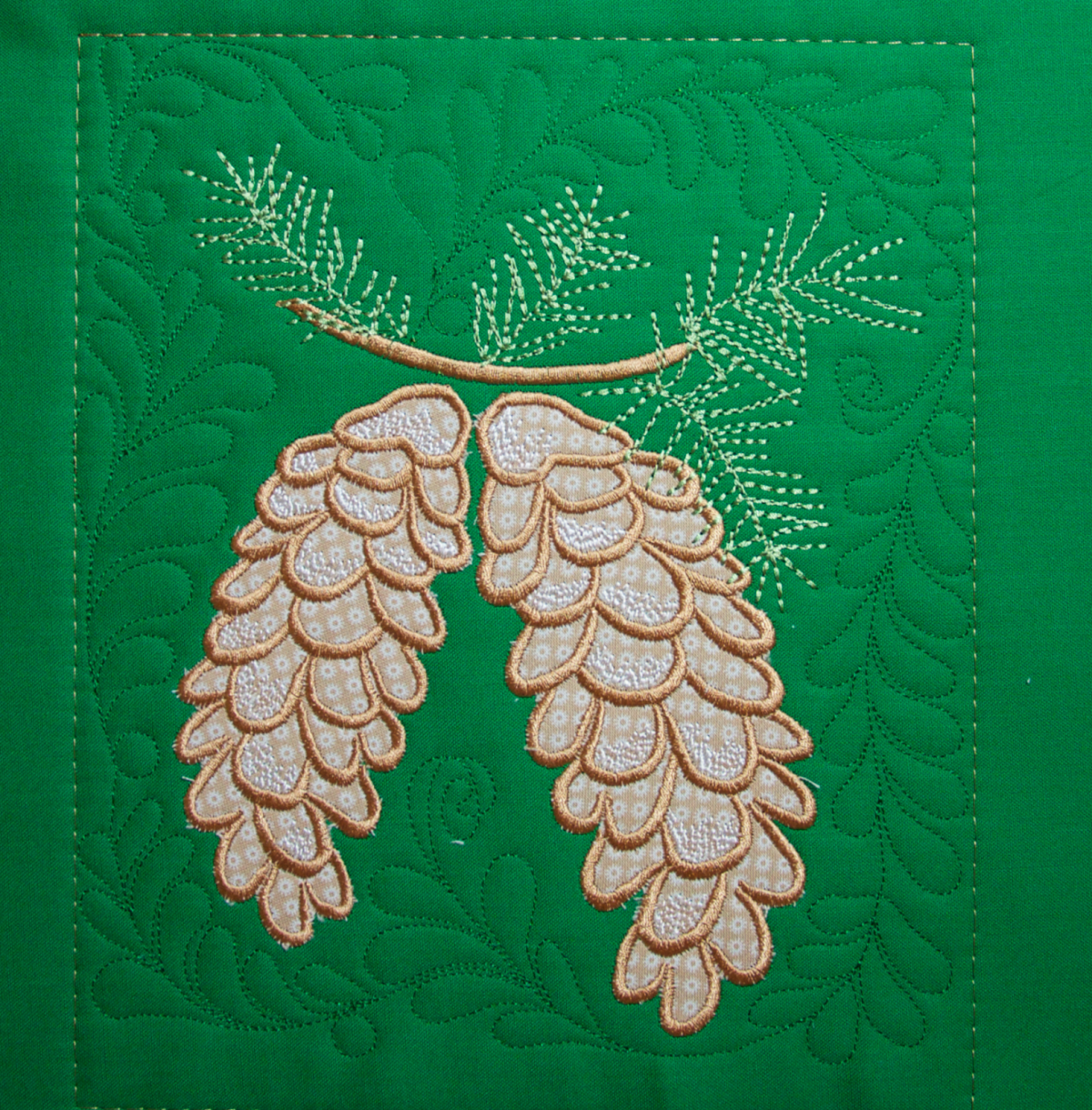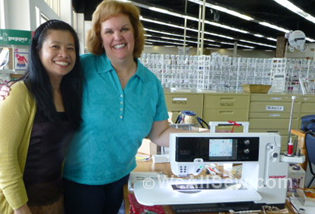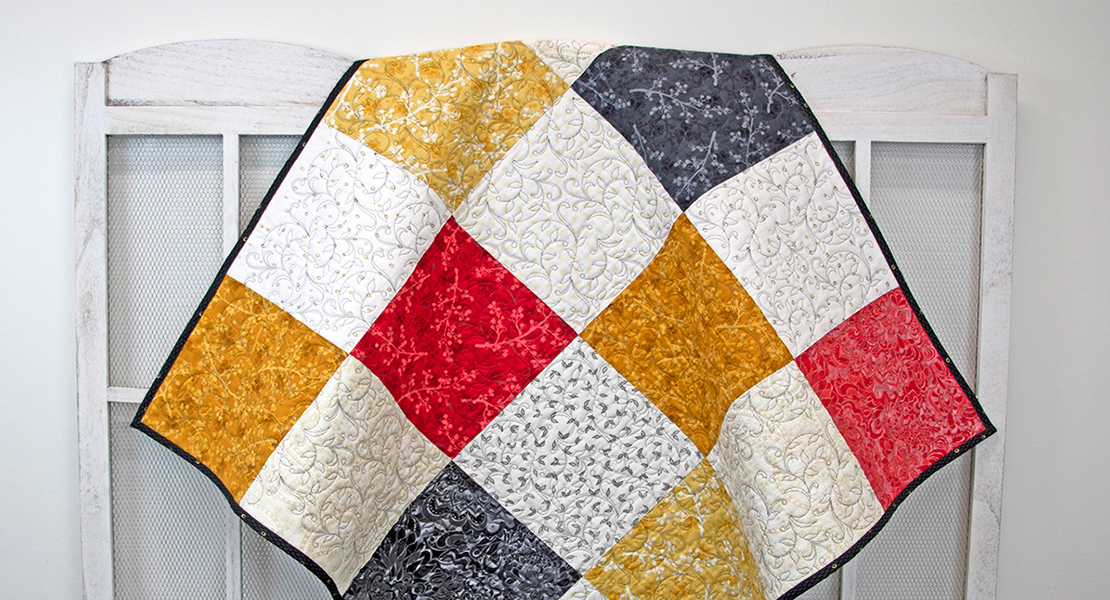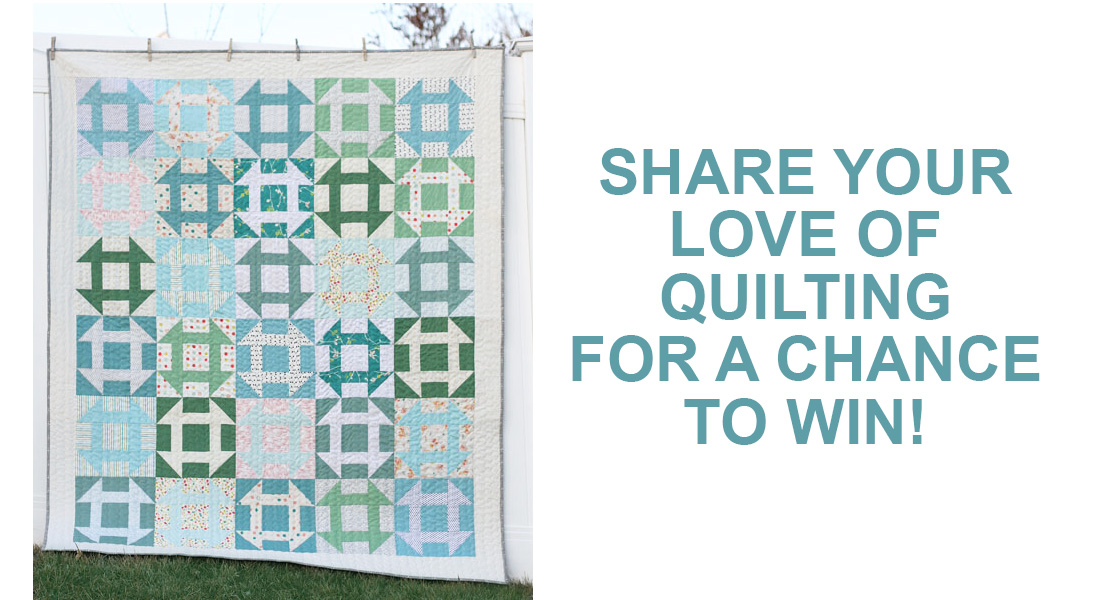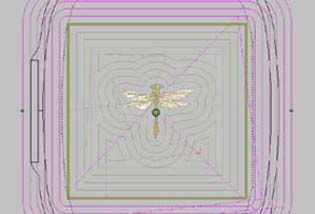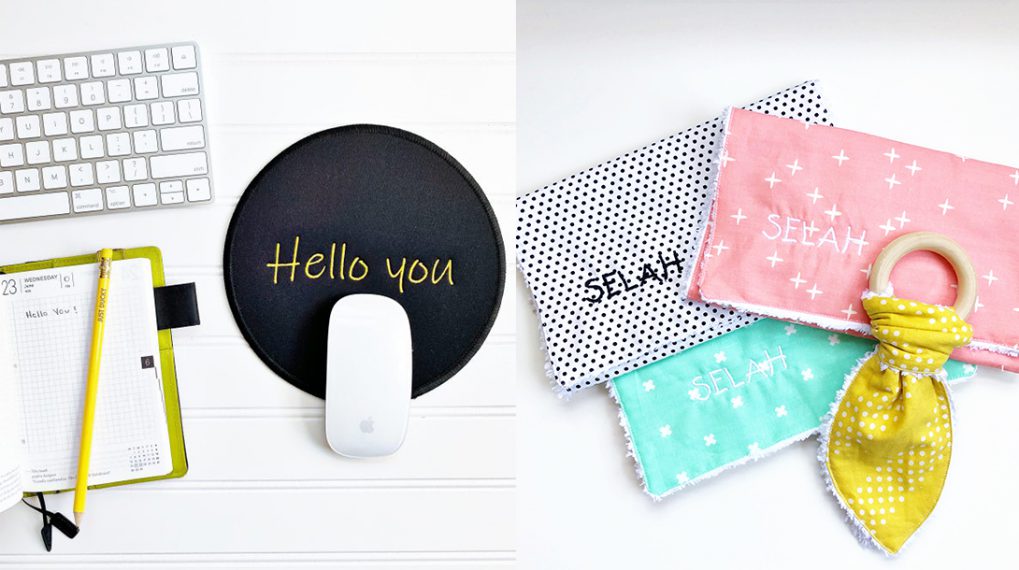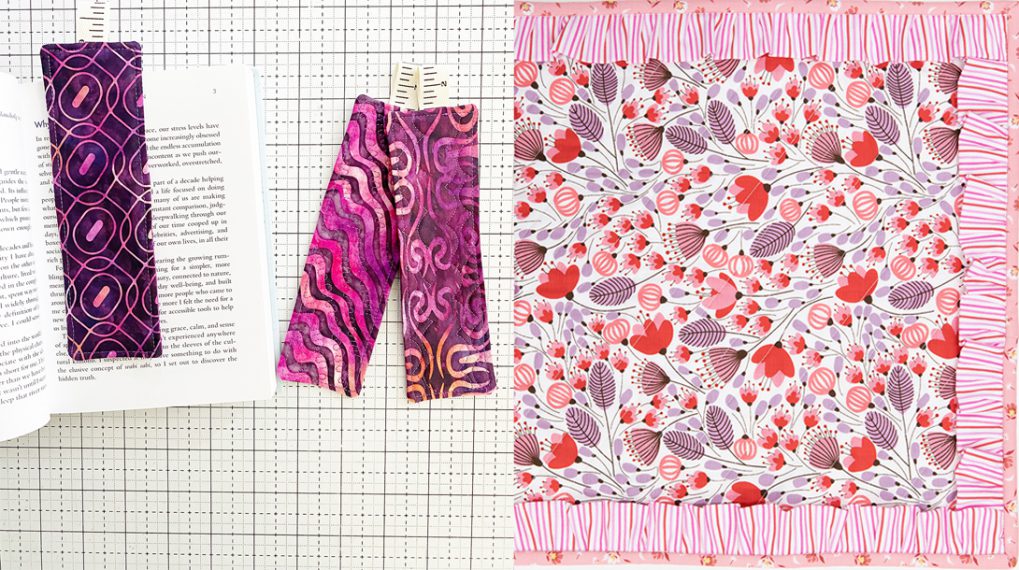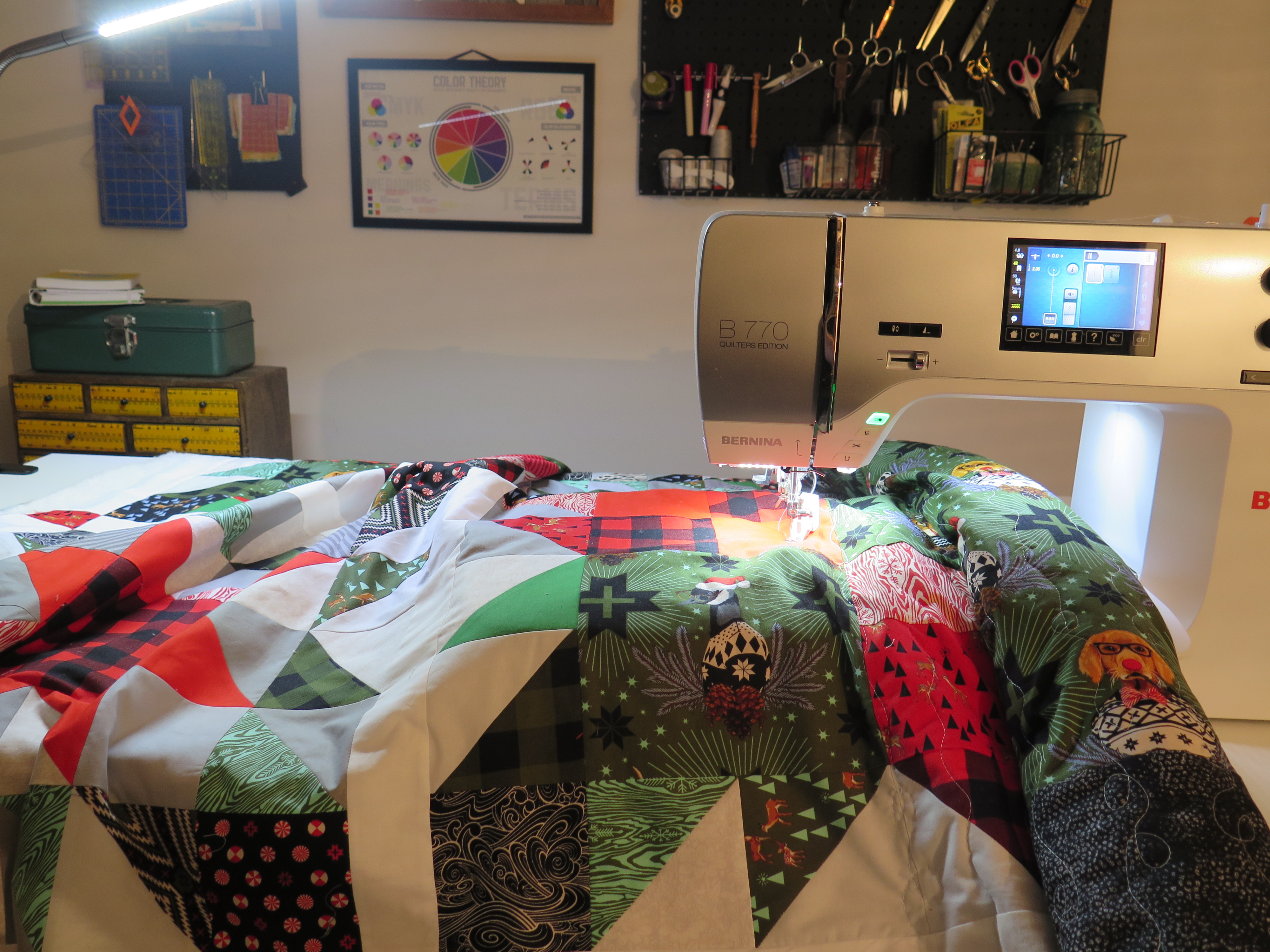Quilting and Embroidery, a Beautiful Pairing: Part 1
Welcome, friends! As a longarmer and pattern designer, one of the my favorite things to do is look at old linens and quilts, and find inspiration. Recently, I came across a couple of vintage quilts that were created by hand-embroidering the design and then quilting around it. I thought it would be fun to make my own version of this style using my BERNINA 790 for the embroidery and my BERNINA Longarm Q 24 for the quilting. This is a two-part post, where I tackle the embroidery first!
Materials for Embroidery Medallion Motif
- A variety of Alison Glass’s embroidery designs featuring motifs from Seventy Six and Ex Libris collections
- A background fabric approximately 42″ x 42″ . I used a grey chambray fabric by Alison Glass for Andover
- Isacord polyester embroidery thread in the recommended colors from the thread charts
- Designs printed to 100% scale from the embroidery files
- Stabilizer: a medium weight stabilizer with a light spray adhesive, or a sticky stabilizer
- A chalk pencil and blue pen for marking the lines I wish to follow. It is better to mark more rather than less, especially if you’re uncertain of just how many embroideries you want to add!
I prewashed my fabric before beginning, since I know that I will probably end up washing the finished piece and didn’t want any issues with shrinking around my embroidery designs.
The Bones of the Project: Drawing the Guides
I knew I wanted a medallion-style embroidered top with a larger central motif, surrounded by radiating motifs. To make it easier on myself, I decided to use a large square of fabric so that it would be simple to find the center and horizontal and vertical lines. I pressed these with my iron lightly, and then traced over them with a chalk pencil. Marking these after pressing is critically important, since the pressing lines will release as you work.
Once I had my center and pressed and chalked chalk lines, I used a dinner plate to create big circles: one in the center, and four at the cardinal points.
Now the fun part! I cut out the printed embroidery motifs and started playing with layout options. I knew once I figured out one quadrant, I could easily repeat the motifs in others. I wanted a good variety of “compact” designs such as the moths as well as the longer “connector” motifs, the floral swags.
This was my first attempt. I didn’t like it so much, so I decided to try another! When I was happy with the layout, I knew keeping track of everything would be a chore. Here are some pointers to help:
1) TAKE A PHOTO of all the different versions to remind yourself of what you liked and where things went! This is probably my most-used technique for when I’m designing layouts of anything, whether embroidery or quilting.
2) Mark the center of the design from the printout onto the fabric, as well as any other guidelines you might find helpful for hooping and stitching. For me this was also the top and bottom of the design.
I made a hole in the center point so that I could mark through it onto the fabric beneath.
3) If necessary, trace an outline of the design if you need it. Since this was my first time “freehanding” an embroidered quilt top, it did help on occasion!
I taped the motif to be embroidered onto the placement grid so that it matched what I saw on my B790 screen. I then marked the center line with a blue pen, so that it saturated the fabric.
Then I marked the center line on the stabilizer.
By making the mark saturated enough, I could see it on the back of the fabric, and line it up with the dots on the stabilizer, ensuring my embroidered motif ended up right where I want it.
Pinpoint Placement
If your machine has the excellent new feature Pinpoint Placement, this type of project will be a breeze to hoop align and embroider! With nine positioning points, it is a snap to hoop your fabric and align the embroidery design to your satisfaction.
Fill in the spaces with embroidery as you wish. Some of my moths are not exactly on center, because I knew I wanted to add a small quilting motif in the space as well, creating an interplay between embroidery and quilting.
NOTE: The fabric might appear a bit puckered, however, once the free-motion quilting is added around the embroidery design, the puckering will diminish.
Have fun and experiment!
For Part 2, I will share my tips on how to quilt around embroidery, and how I decided on my quilting design!
